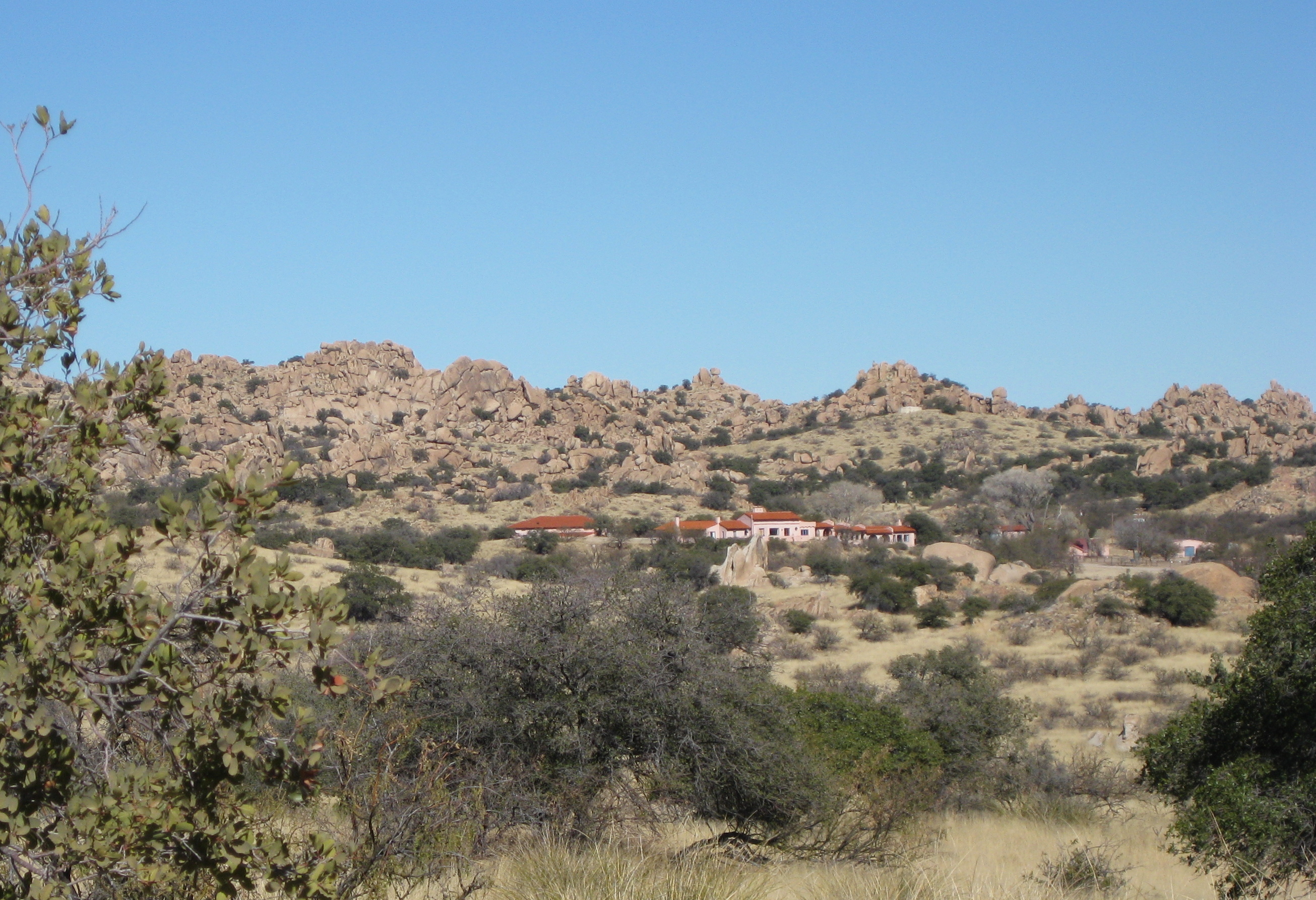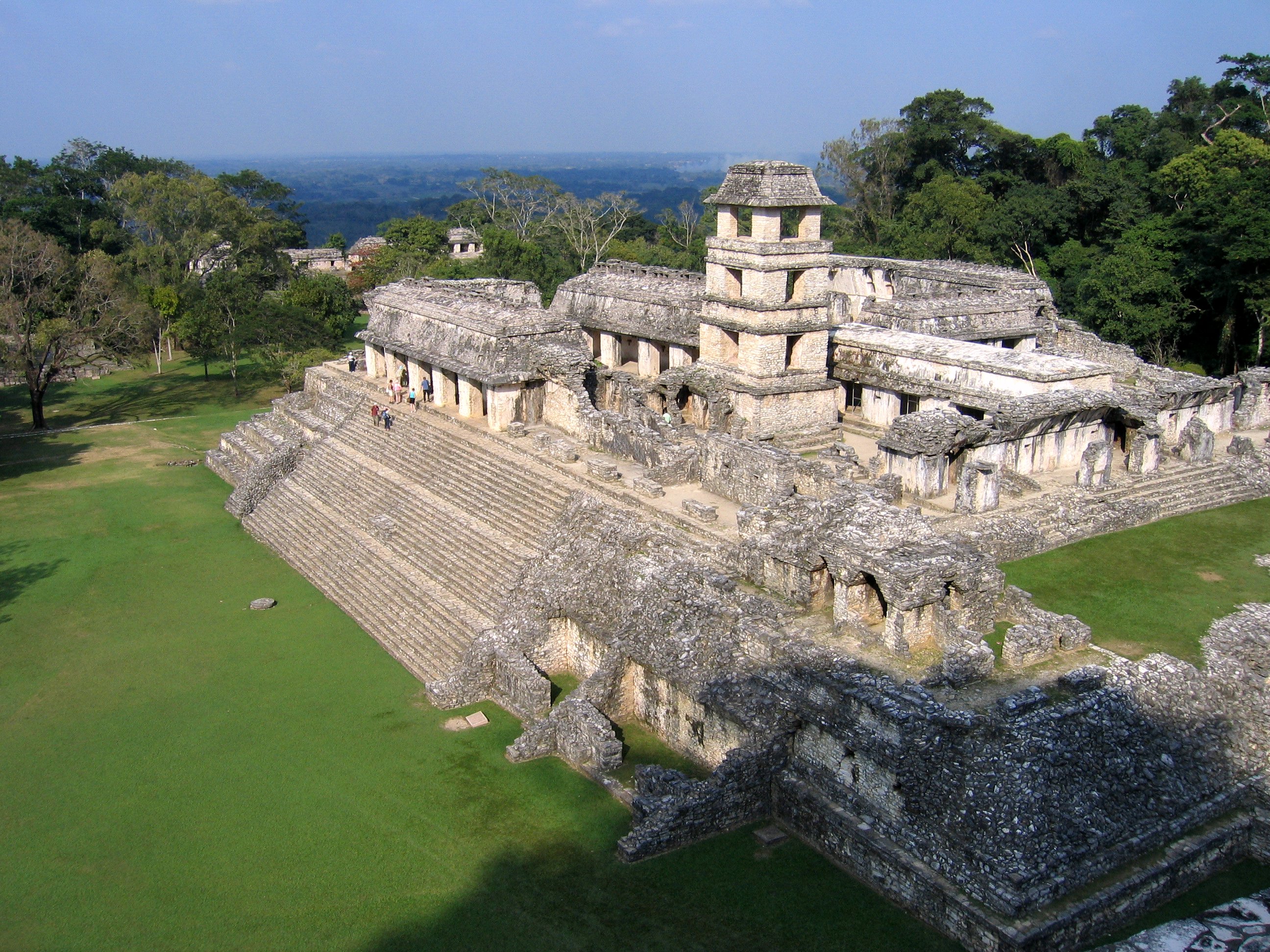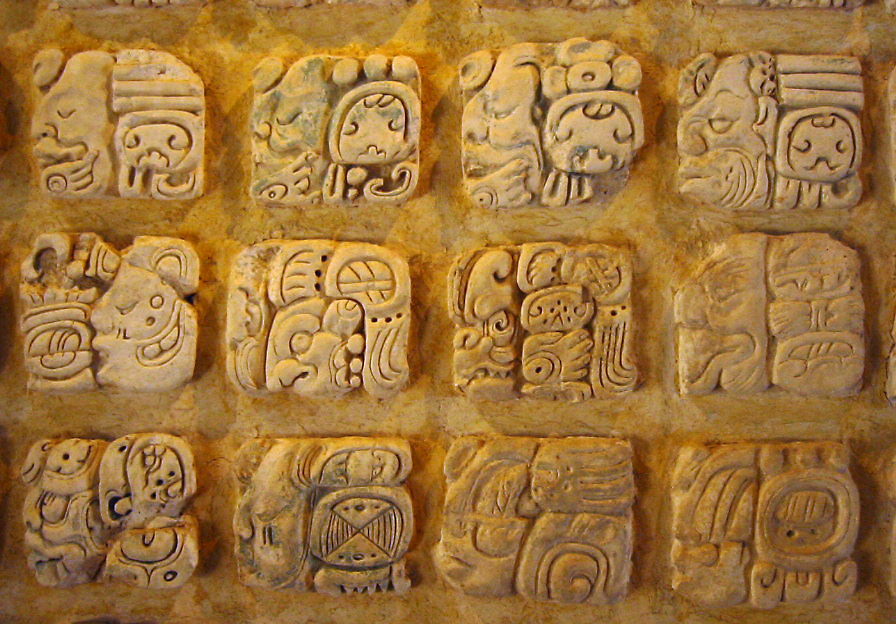|
Gran Chichimeca
La Gran Chichimeca was a term used by the Spanish Empire, Spanish ''conquistadores'' of the 16th century to refer to an area of the northern Mexican Plateau, central Mexican ''altiplano'' (plateau), a territory which today is encompassed by the modern States of Mexico, Mexican states of Jalisco, Aguascalientes, Nayarit, Guanajuato and Zacatecas. They derived the term from the Aztec who referred to the nomadic tribes of the area as “chichimeca”. The Nahuatl language, Nahuatl name ''Chīchīmēcah'' (plural, ; singular ''Chīchīmēcatl'') means "inhabitants of Chichiman"; the placename Chichiman itself means "Area of Milk". It is sometimes said to be related to ''chichi'' "dog", but the i's in ''chichi'' are short while those in ''Chīchīmēcah'' are long, a phoneme, phonemic distinction in Nahuatl. The word could either have a negative "barbarous" sense, or a positive "noble savage" sense. Seventy years after the 1521 fall of the Aztec capital, Tenochtitlan (present-day Mexico ... [...More Info...] [...Related Items...] OR: [Wikipedia] [Google] [Baidu] |
Spanish Empire
The Spanish Empire ( es, link=no, Imperio español), also known as the Hispanic Monarchy ( es, link=no, Monarquía Hispánica) or the Catholic Monarchy ( es, link=no, Monarquía Católica) was a colonial empire governed by Spain and its predecessor states between 1492 and 1976. One of the largest empires in history, it was, in conjunction with the Portuguese Empire, the first to usher the European Age of Discovery and achieve a global scale, controlling vast portions of the Americas, territories in Western Europe], Africa, and various islands in Spanish East Indies, Asia and Oceania. It was one of the most powerful empires of the early modern period, becoming the first empire known as "the empire on which the sun never sets", and reached its maximum extent in the 18th century. An important element in the formation of Spain's empire was the dynastic union between Isabella I of Castile and Ferdinand II of Aragon in 1469, known as the Catholic Monarchs, which in ... [...More Info...] [...Related Items...] OR: [Wikipedia] [Google] [Baidu] |
New Spain
New Spain, officially the Viceroyalty of New Spain ( es, Virreinato de Nueva España, ), or Kingdom of New Spain, was an integral territorial entity of the Spanish Empire, established by Habsburg Spain during the Spanish colonization of the Americas and having its capital in Mexico City. Its jurisdiction comprised a huge area that included what is now Mexico, the Western and Southwestern United States (from California to Louisiana and parts of Wyoming, but also Florida) in North America; Central America, the Caribbean, very northern parts of South America, and several territorial Pacific Ocean archipelagos. After the 1521 Spanish conquest of the Aztec empire, conqueror Hernán Cortés named the territory New Spain, and established the new capital, Mexico City, on the site of the Tenochtitlan, the capital of the Mexica (Aztec) Empire. Central Mexico became the base of expeditions of exploration and conquest, expanding the territory claimed by the Spanish Empire. Wi ... [...More Info...] [...Related Items...] OR: [Wikipedia] [Google] [Baidu] |
Colonial Mexico
Colonial or The Colonial may refer to: * Colonial, of, relating to, or characteristic of a colony or colony (biology) Architecture * American colonial architecture * French Colonial * Spanish Colonial architecture Automobiles * Colonial (1920 automobile), the first American automobile with four-wheel brakes * Colonial (Shaw automobile), a rebranded Shaw sold from 1921 until 1922 * Colonial (1921 automobile), a car from Boston which was sold from 1921 until 1922 Places * The Colonial (Indianapolis, Indiana) * The Colonial (Mansfield, Ohio), a National Register of Historic Places listing in Richland County, Ohio * Ciudad Colonial (Santo Domingo), a historic central neighborhood of Santo Domingo * Colonial Country Club (Memphis), a golf course in Tennessee * Colonial Country Club (Fort Worth), a golf course in Texas ** Fort Worth Invitational or The Colonial, a PGA golf tournament Trains * ''Colonial'' (PRR train), a Pennsylvania Railroad run between Washington, DC and ... [...More Info...] [...Related Items...] OR: [Wikipedia] [Google] [Baidu] |
Amerind Foundation
The Amerind Foundation is a museum and research facility dedicated to the preservation and interpretation of Native American cultures and their histories. Its facilities are located near the village of Dragoon in Cochise County, Arizona, about 65 miles east of Tucson in Texas Canyon. William Shirley Fulton (1880–1964), an archaeologist, established the Amerind Foundation in 1937. The Amerind Foundation's building was designed by Tucson architect Merritt Starkweather and contains one of the finest collections of archaeological and ethnological artifacts in the country as well as a sizable research library. According to the Foundation's literature, "Amerind" is a contraction of the words "American" and "Indian". Museum exhibits The museum's permanent exhibits include archaeological artifacts from the Amerind property by founder William Shirley Fulton and later by director Charles C. Di Peso, as well as items found at Di Peso at Casas Grandes, Chihuahua, Mexico and other exc ... [...More Info...] [...Related Items...] OR: [Wikipedia] [Google] [Baidu] |
University Of Texas Press
The University of Texas Press (or UT Press) is a university press that is part of the University of Texas at Austin. Established in 1950, the Press publishes scholarly books and journals in several areas, including Latin American studies, Texana, anthropology, U.S. Latino studies, Native American studies, African American studies, film & media studies, classics and the ancient Near East, Middle East studies, natural history, art, and architecture. The Press also publishes trade books and journals relating to their major subject areas. Journals * ''Asian Music'' * '' Diálogo'' * '' Information & Culture'' * ''Journal of Cinema and Media Studies'' (formerly known as ''Cinema Journal'') * '' Journal of the History of Sexuality'' * '' Journal of Individual Psychology'' * '' Journal of Latin American Geography'' * ''Latin American Music Review'' * '' Studies in Latin American Popular Culture'' * '' Texas Studies in Literature and Language'' * '' The Textile Museum Journal'' * '' U ... [...More Info...] [...Related Items...] OR: [Wikipedia] [Google] [Baidu] |
Society For American Archaeology
The Society for American Archaeology (SAA) is a professional association for the archaeology of the Americas. It was founded in 1934 and its headquarters are in based in Washington, D.C. , it has 7,500 members. Its current president is Deborah L. Nichols. The mission statement of the SAA is to expand understanding and appreciation of humanity's past as achieved through systematic investigation of the archaeological record; promote research, stewardship of archaeological resources, public and professional education, and the dissemination of knowledge; and serve the public interest. It organizes a major academic conference every year and publishes several journals, including ''American Antiquity''. Annual meetings The first annual meeting took place in December 1935 in Andover, Massachusetts, and has taken place every year since. Only one meeting, the 8th annual meeting of 1943, did not physically take place. According to the most recent annual meeting program book, "because of t ... [...More Info...] [...Related Items...] OR: [Wikipedia] [Google] [Baidu] |
Latin American Antiquity
''Latin American Antiquity'' is a professional journal published by the Society for American Archaeology, the largest organization of professional archaeologists of the Americas in the world. Published since 1990 as a sister journal to '' American Antiquity'', it is considered the flagship professional journal of Latin American archaeology, focusing on the archaeology of cultures in Mexico, Central America, the Caribbean, and South America. The journal includes articles in historical archaeology Historical archaeology is a form of archaeology dealing with places, things, and issues from the past or present when written records and oral traditions can inform and contextualize cultural material. These records can both complement and conflict .... Archaeology journals Pre-Columbian studies Latin American studies Mesoamerican studies journals Publications established in 1990 Cambridge University Press academic journals {{archaeology-journal-stub ... [...More Info...] [...Related Items...] OR: [Wikipedia] [Google] [Baidu] |
University Of Oklahoma Press
The University of Oklahoma Press (OU Press) is the publishing arm of the University of Oklahoma. Founded in 1929 by the fifth president of the University of Oklahoma, William Bennett Bizzell, it was the first university press to be established in the American Southwest. The OU Press is one of the leading presses in the region, and is primarily known for its titles on the American West and Native Americans, though the press publishes texts on other subjects as well, ranging from wildlife to ancient languages.Oklahoma Historical Society's Encyclopaedia of Oklahoma History and Culture Tornadoes and severe weather are another focus. The press releases around 80 books every year. A profile of the University of Oklahoma Press from 2018 quotes OU President David Boren as saying: "The OU Press is one of the crown jewels of the University of Oklahoma.” The Arthur H. Clark Company (founded 1902) was a major printer of publications related to the history of the Western United States. ... [...More Info...] [...Related Items...] OR: [Wikipedia] [Google] [Baidu] |
Mesoamerican Architecture
Mesoamerican architecture is the set of architectural traditions produced by pre-Columbian cultures and civilizations of Mesoamerica, traditions which are best known in the form of public, ceremonial and urban monumental buildings and structures. The distinctive features of Mesoamerican architecture encompass a number of different regional and historical styles, which however are significantly interrelated. These styles developed throughout the different phases of Mesoamerican history as a result of the intensive cultural exchange between the different cultures of the Mesoamerican culture area through thousands of years. Mesoamerican architecture is mostly noted for its pyramids, which are the largest such structures outside of Ancient Egypt. One interesting and widely researched topic is the relation between cosmovision, religion, geography, and architecture in Mesoamerica. Much seems to suggest that many traits of Mesoamerican architecture were governed by religious and mytho ... [...More Info...] [...Related Items...] OR: [Wikipedia] [Google] [Baidu] |
Iconography
Iconography, as a branch of art history, studies the identification, description and interpretation of the content of images: the subjects depicted, the particular compositions and details used to do so, and other elements that are distinct from artistic style. The word ''iconography'' comes from the Greek ("image") and ("to write" or ''to draw''). A secondary meaning (based on a non-standard translation of the Greek and Russian equivalent terms) is the production or study of the religious images, called "icons", in the Byzantine and Orthodox Christian tradition (see Icon). This usage is mostly found in works translated from languages such as Greek or Russian, with the correct term being "icon painting". In art history, "an iconography" may also mean a particular depiction of a subject in terms of the content of the image, such as the number of figures used, their placing and gestures. The term is also used in many academic fields other than art history, for example semioti ... [...More Info...] [...Related Items...] OR: [Wikipedia] [Google] [Baidu] |
Mesoamerican Languages
Mesoamerican languages are the languages indigenous to the Mesoamerican cultural area, which covers southern Mexico, all of Guatemala and Belize and parts of Honduras and El Salvador and Nicaragua. The area is characterized by extensive linguistic diversity containing several hundred different languages and seven major language families. Mesoamerica is also an area of high linguistic diffusion in that long-term interaction among speakers of different languages through several millennia has resulted in the convergence of certain linguistic traits across disparate language families. The Mesoamerican sprachbund is commonly referred to as the Mesoamerican Linguistic Area. The languages of Mesoamerica were also among the first to evolve independent traditions of writing. The oldest texts date to approximately 1000 BCE (namely olmec and zapotec), though most texts in the indigenous scripts (such as Maya) date to c. 600–900 CE. Following the arrival of the Spanish in the 16th cent ... [...More Info...] [...Related Items...] OR: [Wikipedia] [Google] [Baidu] |
Mesoamerica
Mesoamerica is a historical region and cultural area in southern North America and most of Central America. It extends from approximately central Mexico through Belize, Guatemala, El Salvador, Honduras, Nicaragua, and northern Costa Rica. Within this region pre-Columbian societies flourished for more than 3,000 years before the Spanish colonization of the Americas. Mesoamerica was the site of two of the most profound historical transformations in world history: primary urban generation, and the formation of New World cultures out of the long encounters among indigenous, European, African and Asian cultures. In the 16th century, Eurasian diseases such as smallpox and measles, which were endemic among the colonists but new to North America, caused the deaths of upwards of 90% of the indigenous people, resulting in great losses to their societies and cultures. Mesoamerica is one of the five areas in the world where ancient civilization arose independently (see cradle of ... [...More Info...] [...Related Items...] OR: [Wikipedia] [Google] [Baidu] |



